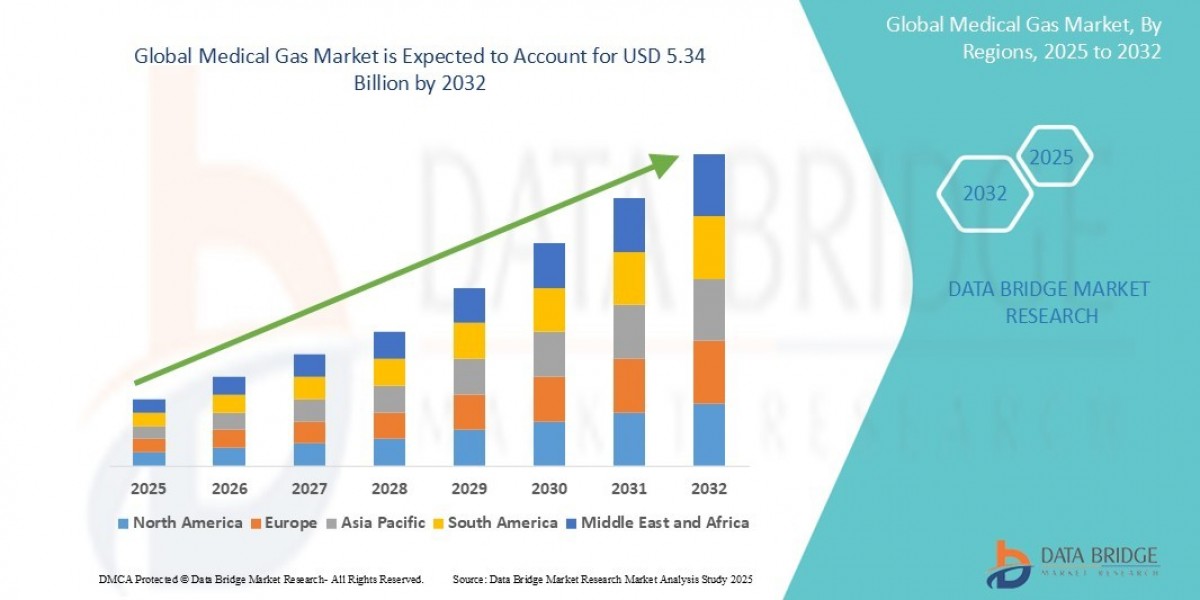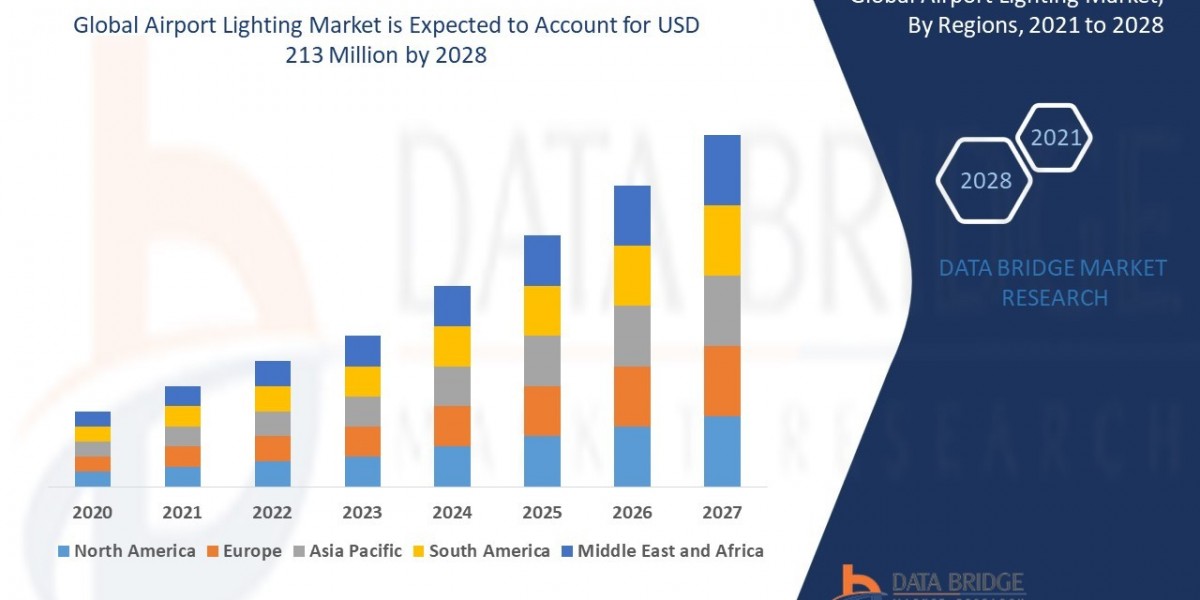our world becomes increasingly connected, the vehicle tracking system (VTS) market has evolved from a niche technology into a core enabler of modern transportation. From logistics and delivery to passenger mobility and personal vehicles, tracking systems have become synonymous with safety, operational efficiency, and real-time visibility. Over the coming years, this market is expected to grow dramatically — transforming the way consumers, businesses, and cities manage transportation.
What is a Vehicle Tracking System?
A vehicle tracking system uses GPS, cellular networks, and software platforms to monitor the location, movement, and status of a vehicle in real-time. These systems often include sensors to record speed, idling time, driver behavior, fuel usage, and even cargo temperature or security status. By transmitting this data to cloud-based dashboards or mobile apps, fleet managers and vehicle owners gain actionable insights to improve operations and reduce costs.
Market Overview and Growth Potential
Vehicle Tracking System Market Growth is fueled by the expansion of e-commerce, last-mile delivery, smart city initiatives, public transport modernization, and increasing regulatory pressure for safety and emissions reporting.
Multiple industry sectors — including trucking, taxis, buses, construction, rentals, emergency services, and passenger cars — are adopting tracking solutions at scale. Vehicle tracking is no longer a “nice-to-have” but an operational necessity.
Key Drivers for Adoption
1. Fleet Efficiency and Cost Control
Fuel remains one of the biggest expenses for fleets. GPS tracking paired with route optimization software can significantly reduce mileage, idle time, and fuel waste. Predictive alerts prompt timely maintenance to prevent costly breakdowns.
2. Safety and Security
Tracking systems play a critical role in monitoring driver behavior, providing alerts for harsh braking, speeding, or aggressive steering — helping fleet managers support safer driving habits. For cargo fleets and high-value vehicles, real-time geofencing and theft recovery tools add additional security coverage.
3. Regulatory Compliance
Many countries now mandate certain types of telematics for commercial and public transport fleets. These systems help monitor service routes, emissions reporting, tax mileage, and adherence to safety regulations (such as Electronic Logging Devices in the U.S.).
4. Rise of Connected Vehicles and IoT
As 4G/5G connectivity and IoT platforms expand, data from vehicles is being integrated into broader operational tools and smart city platforms. Tracking data is becoming part of AI-driven mobility management systems that unify parking availability, public transit routes, traffic flow, and more.
Segmentation: What Types of Tracking Systems Exist?
- Active (Real-Time) Tracking: Provides continuous data streaming for instant visibility. Mostly used in logistics, public transportation, and emergency services.
- Passive Tracking: Logs data for later download and review; preferred for smaller operations with cost constraints.
- Onboard Diagnostics–based (OBD) trackers: Plugged directly into vehicle OBD-II ports, popular among rental fleets and personal vehicles.
- Standalone wired or wireless trackers: Hardwired for better resistance to tampering or theft.
Industry Trends Shaping the Future
• AI-Powered Analytics
Data collected by vehicle tracking systems is now processed by machine learning algorithms, delivering predictive maintenance, driver scoring, and ETA precision for customers.
• Tracking-as-a-Service Subscription Models
Cloud-based tracking platforms often operate on monthly or annual subscription models, making adoption affordable even for smaller operators.
• Growing Adoption in Emerging Markets
Countries in Asia-Pacific, Latin America, and Africa are investing heavily in fleet modernization. Affordable cellular connectivity and smartphone-based interfaces are accelerating market penetration.
• Integration with ADAS and Autonomous Mobility
As Advanced Driver Assistance Systems (ADAS) become commonplace, tracking systems are integrating to provide unified reporting on events like lane departure, collision avoidance alerts, and real-time video monitoring.
• Electric Vehicle Fleet Tracking
EV fleets require tracking not only for location, but also battery levels, charging behavior, and range optimization — opening new niches within the tracking market.
Regional Outlook
- North America leads the VTS market thanks to higher fleet digitization and regulatory compliance needs.
- Europe follows closely with strong adoption driven by transport safety rules and zero-emission zone planning.
- Asia-Pacific is the fastest growing market, led by China and India, where booming logistics and ride-sharing sectors depend on increasingly smart fleet operations.
- Latin America, Middle East & Africa are emerging markets showing strong potential due to rising demand for security, asset tracking, and public transportation upgrades.
Major Players
Key industry players include Geotab, Verizon Connect, Samsara, Trimble, Continental AG, TomTom Telematics, Teletrac Navman, and a host of regional providers offering tailored solutions. Many companies are forming strategic partnerships with telecom operators, smart city initiatives, and OEMs to embed tracking functionality into new vehicles directly at the factory.
Challenges & Opportunities
The market is not without its barriers. High installation and integration costs, data privacy and cybersecurity concerns, GPS signal limitations, and technical skill gaps among operators can all slow adoption. However, improvements in low-cost sensors, edge computing, and secure cloud services are quickly addressing these gaps.
Growing interest from insurance companies offering “usage-based insurance”, smart public transit, and on-demand mobility platforms are creating additional momentum for VTS integration across commercial and private sectors alike.
The vehicle tracking system market has shifted from isolated GPS boxes to fully integrated, intelligent mobility management solutions. As fleets become smarter and more connected — and as cities evolve toward data-driven transportation strategies — VTS technology will sit at the heart of future mobility infrastructure.
For businesses, the payoff is clear: reduced costs, safer drivers, optimized scheduling, and happier customers. For consumers and governments, the outcome is smarter, greener, and more responsive transport. In every sense, vehicle tracking systems are not just enabling — but actively driving — the next stage of global mobility evolution.
automotive electrical product market
automated ultrasonic testing market
electric vehicle charge air cooler market
light vehicle cabin ac filter market









